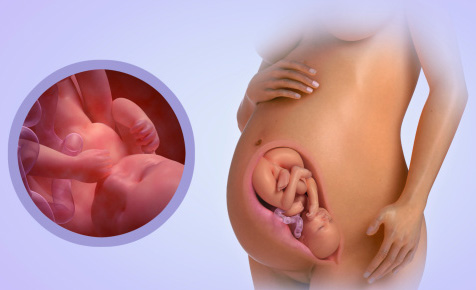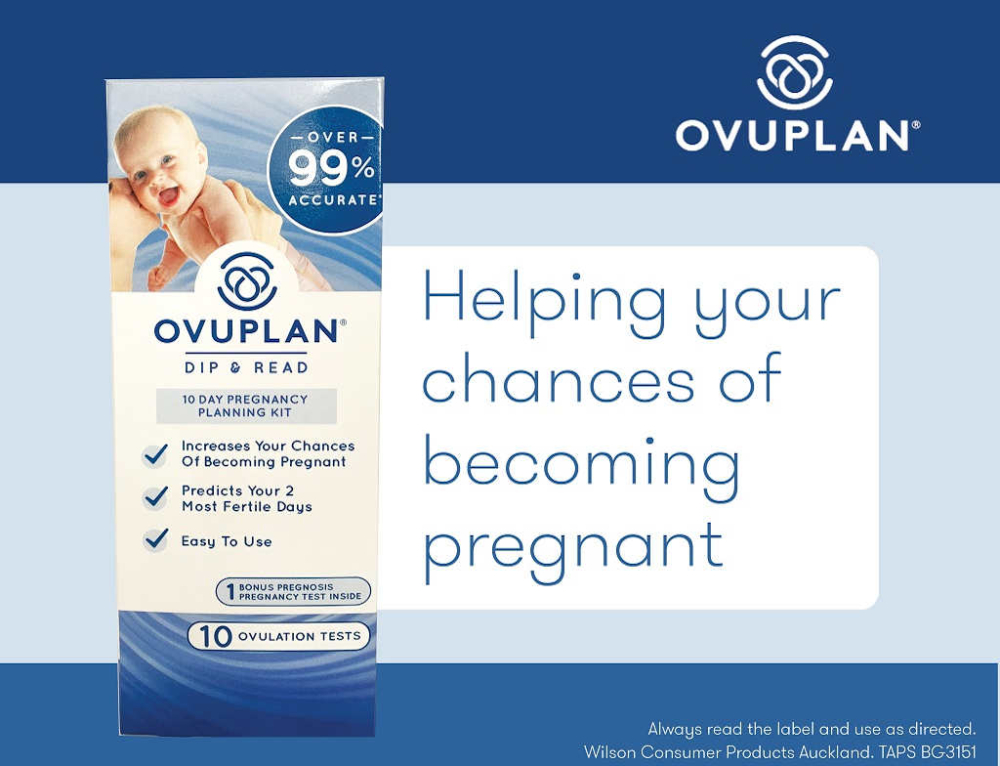Welcome to your week 37 pregnancy update where we outline the changes you and your baby are experiencing.
Your Baby
At week 37 your baby is technically full term – though that doesn’t mean he’s finished growing and developing. Despite being structurally ready for the real world, baby is still under-developed compared to other mammals at birth. Not only will it take a newborn nearly a year to start to walk, but he will lack control over his muscles – particularly his neck muscles – in the early days after birth and won’t be able to control his eyes to focus on objects. In fact, it will take your newborn nearly three months to gain control over his vision.
Baby is 48.6 cm long and weighs 2.8kg. Your baby is piling on the fat – and it’s good for him! A lot of the wrinkles have been pushed out, but now fat rolls may be in their place. Your baby will still have wrinkles around the head, feet and hands, but his stomach will be nicely rounded!
The proportion of fat on your baby’s body has increased from being only 30 grams at 30 weeks, to around 430 grams by the time they are born (approximately 16% of their total body weight). Signs that caregivers look for to indicate that a baby is born ‘on time’ include the presence of a small pad of ‘breast tissue’ under their nipples (in both boys and girls) and their fingernails reaching the tips of the fingers, often looking manicured!
The fine covering of hair on your baby’s body (called ‘lanugo’) all but disappears by this stage, but they still tend to be covered by the thick, greasy, white cream called ‘vernix’.
The testes of most baby boys have now descended from their groin area into their scrotum. Your baby’s placenta now covers about 1/3 of the inner surface of the uterus and processes around 12 litres of blood per hour (or 600 pints in 24 hours).
Because it’s so snug in your womb right now, baby won’t be doing somersaults anymore – though the number of times she kicks or you feel movement should remain about the same.
Just like adults, all babies are different and develop at varying rates in the womb. This information gives a general idea of your baby’s development and progress.
The Mum Update
You are now considered to be full term! Only 5% of babies arrive on their due date so try not to get too fixated on that date. If your baby were to be born this week, there should be little chance of complications. All systems are go – from circulatory, to the senses, to the muscles. The only organ that may require assistance is the lungs, if they are immature. And if they are, don’t worry. The hospital will have all the assistance your baby will need to thrive.
About this time in your pregnancy, your LMC may do a pelvic exam. This pelvic exam helps your doctor evaluate the progress of your pregnancy. One of the first things they will observe is whether you are leaking amniotic fluid. If you think you are, it’s important to tell your LMC.
Your doctor will examine your cervix during the pelvic exam. During labour, the cervix usually becomes softer and thins out. This process is called effacement. Before labour begins, the cervix is thick and not effaced. When you’re in active labour, the cervix thins out; when it is half thinned, it is 50% effaced. Immediately before delivery, the cervix is 100% effaced, or completely thinned out.
The dilation (amount of opening) of the cervix is also important. This is usually measured in centimetres. The cervix is fully open when the diameter of the cervical opening measure 10cm. Labour is the stretching and opening of the cervix so the baby fits through and can pass out of the uterus.







Leave A Comment
You must be logged in to post a comment.